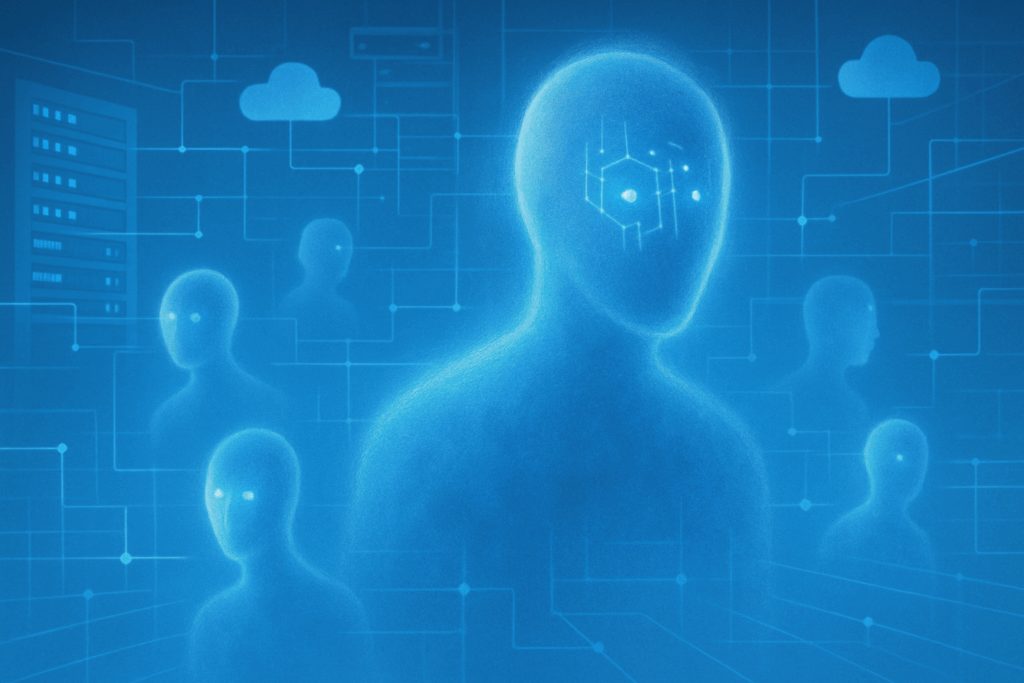AMD just got an impressive win for the Polaris Supercomputer, designed to create a testing prototype for the coming Intel-based Aurora supercomputer. This Aurora supercomputer will be doing critical work on cancer research, creating more ecologically friendly biofuels, and expanding the frontiers of physics, including the search for dark matter.
This effort will be critical or our understanding of high-profile threats like deadly diseases and global warming, but what I find fascinating is that it will also require collaboration between Intel, AMD, and NVIDIA to make it work. That collaboration could lead to even greater HPC (high performance computing) efforts in the future.
This Polaris/Aurora effort is a massive boon for HPE. Still, if the collaboration continues, it could turn out to create an even more significant positive impact on the world around us. While Polaris/Aurora is potentially a massive win for HPE (who needs every bit of good news it can get) and AMD/NVIDIA, what comes next could be even more powerful.
Let’s talk about supercomputers this week.
The Power Of Supercomputers
Supercomputers are used for most of the genuinely critical forward-looking analyses done in the world. They are being used to map the galaxy, expand the limits of science, and heavily on finding remedies and cures for diseases like COVID-19. Unlike most types of servers used for various business purposes, supercomputers are primarily used for projects that help the world and humanity survive; thus, they should be cooperative rather than competitive efforts because the monetary benefits pale against the benefits to the Earth.
The more capability these machines have, the more we will avoid a planet or race-ending existential threat. In short, you’d want these three leading tech companies to collaborate on our future instead of competing for the business, which, admittedly, seemed to have initially been the case.
Intel fell behind in terms of capability, allowing AMD and NVIDIA to swoop in so that the prototyping system could be built in a timely manner. However, it will still have to feed the eventual Intel-based product (since Intel was the originating vendor and much of the initial work was tied to their technology, it’ll be hard to displace this late in the game entirely).
So, whether they want to or not, the three companies will have to collaborate to ensure the prototyping system, Polaris, can create code that will execute on the Intel-based final system, Aurora.
The Power Of Collaboration
AMD, Intel, and NVIDIA are three of the most influential technology companies in computational power and capability. As I noted earlier, supercomputers are used on projects that significantly impact the human race’s ability to advance and survive. By working together, albeit initially accidentally, they should be able to advance supercomputers’ capability significantly. AMD’s ability to focus and cost reduction, Intel’s lab’s ability to expand the use of technology to new markets, and NVIDIA’s capability to drive advancements like autonomy and visual computing could dovetail nicely into creating a “SpaceX” effort that would continue to both provide supercomputer access to more people (an effort that NVIDIA currently leads with) and benefit more researchers wherever they may be working.
Wrapping Up: The Real Power Of Collaboration
This collaborative capability is the potential power of this project. Not the supercomputers they are creating today, but conceiving the supercomputers we will have access to tomorrow. They are moving initiatives like conversational AI (artificial intelligence) into the supercomputer class so that people who aren’t computer scientists can pose challenging questions and get more accurate answers to the most challenging problems in real time.
Many of today’s problems like global warming, famine, disease—even cruelty—can be modeled and addressed with computers in this class. When we blend in the metaverse, advancements in IoT sensors and tools, and blend the capabilities of CPU, GPUs, and purpose-built processors, we approach the potential for an ideal future with more measured decisions, fewer bias-driven decisions, and potentially far better-informed decision-makers. These decisions range from medical to geopolitical and should make the world a much safer place.
And, in the end, shouldn’t we all want the world to be a better, safer place?




Awesome post, thanks for sharing.